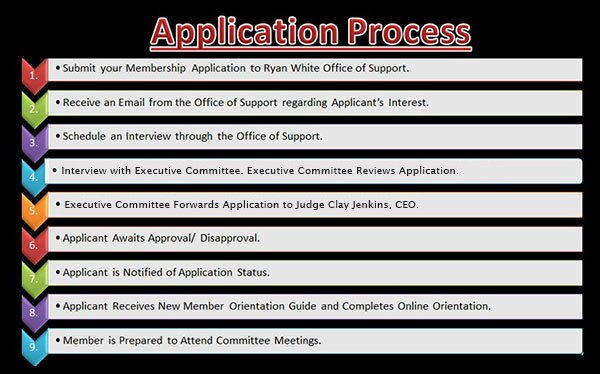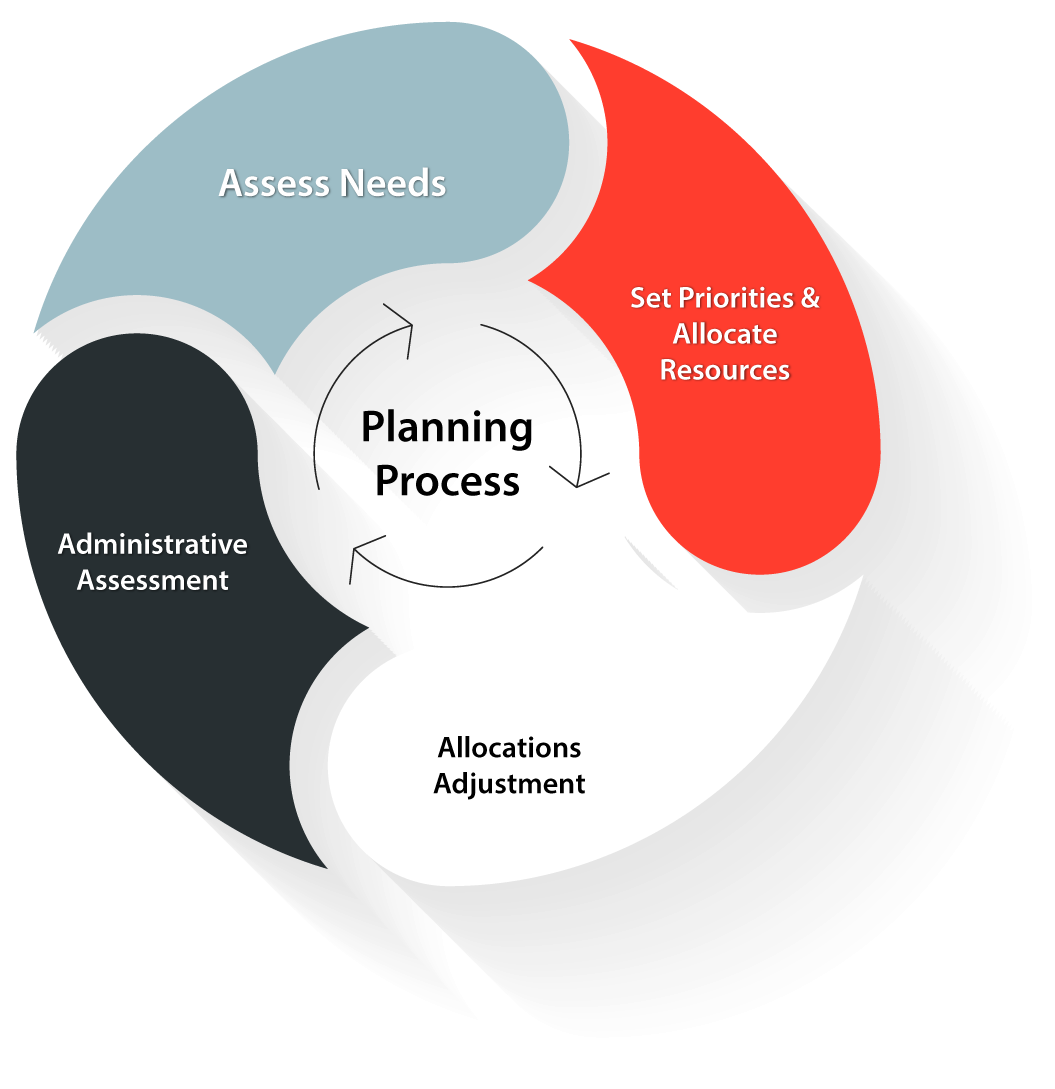Membership
Members are appointed by the Dallas County Judge's Office (The CEO) after a recommendation from the Executive/Nominations Committee.
- The CARE Act has mandated that planning involve a range of representative categories in order to ensure broad community input.
- Each category of membership meets a specific need and are designed to bring together expertise in such areas as health planning, service delivery, client perspectives, and financing of care.
Click here for a Planning Council/Standing Committee Application
Click here for a Leadership Application
Membership seating is an open, ongoing process. The Executive/Nominations Committee meets monthly as necessary to review applications and interview candidates for potential membership to the Planning Council or its committees. Planning Council seating is limited and must meet federal guidance to accommodate mandated seats. However, committee membership is not as limited and seats are more available. Upon receipt of this application, the information will be forwarded to the Executive/Nominations Committee, and potential candidates will be asked to interview with the committee.
Click Here for an application.

Since its inception, the Ryan White HIV/AIDS Program has mandated that planning involve a range of representative categories in order to ensure broad community input. Amendments to the legislation over time have expanded membership requirements for consumers, providers, care disciplines, and historically underserved populations. These changes are designed to reflect changes in the HIV/AIDS epidemic.
Each category of membership meets a specific need. Involvement of those who use Ryan White services ensures crucial input from persons closest to care delivery. Legislative provisions require that consumers be free of conflict of interest in relation to funding decisions. Other membership categories—comprising government and health professions—are intended to enhance service delivery. This includes coordination of funding streams to better address gaps in care, avoid overlaps in services, and create comprehensive service delivery systems that meet the multiple care needs of clients. All categories of membership are designed to bring together expertise in such areas as health planning, service delivery, client perspectives, and financing of care.
- Health Care providers, including Federally Qualified Health Centers
- Community Based Organizations serving affected populations
- Social Service providers, including housing and homeless service providers
- Mental Health and Substance Abuse providers
- Local Public Health Agencies
- Affected Communities, including PLWHA and historically underserved subpopulations
- Non-elected Community Leaders
- State Medicaid Agency
- State Part B Agency
- Part C
- Part D
- Other Federal HIV Programs, including HIV Prevention
- Representatives of formerly incarcerated PLWHA
- Members of a Federally recognized Indian Tribe as represented in the population
- Individuals co-infected with Hepatitis B or C
- Assess Needs: The council is responsible for assessing the need for services of PLWHA in the EMA. This is accomplished by:
- Determining the number of PLWHA in the EMA and their needs
- Determining the capacity of the service system to meet those needs through focus groups, surveys or other methods to obtain data
- Set Priorities and Allocate funds: Following the assessment of needs, the Council then determines what service categories to fund and how much money to allocate to those service categories. (This is the core function of the Council's Priority Setting Process.) A preliminary Allocation Plan is developed for the annual grant application, which is submitted to HRSA in the Fall of each year.
- Allocation Adjustment: In the Spring, when the EMA receives its actual grant award, the council adjusts the proposed spending plan based on the actual amount received.
- Administrative Assessment: The Council must also asses the efficiency of the administrative mechanism. The council considers how well the grantee and mast contractor get funds out to providers of services, and whether the grantee has faithfully implemented the Councils priorities and spending plan.

Community planning and local decision making are at the core of the Ryan White Planning Council. Many parties are involved in carrying out Ryan White planning and implementing the Program. This structure provides a diversity of input into the decision-making process but also involves challenges in managing conflicts of interest, multiple political and programmatic agendas, and competition for scarce resources. Key entities in the planning council include: HAB/DSS, the chief elected official (CEO) of the EMA/TGA, the designated local entity administering Ryan White Part A funds, service providers, affected communities, and PLWHA.
- Ensures access to quality HIV/AIDS care
- Assures community participation
- Develops and implements policies and procedures
- Assess Needs
- Develops a comprehensive strategic plan
- Sets binding priorities (service categories), and direct grantees on how best to meet these priorities.
- Coordinates with other RW programs and other HIV-related Services, such as Medicaid, ADAP, other city and state programs, Medicare, CDC and HOPWA
- Sets binding allocations for Part A dollars for all service categories
- Revises care delivery systems to meet emerging needs
- Assess the efficiency of the administrative mechanism
- Evaluates how well Part A-funded services are meeting community needs.
For more information, please review the Ryan White HIV/AIDS Program Primer, found here. For additional information on Planning CHATT, click here.
Planning Council & Standing Committee Meetings
The Planning Council & the standing committees typically meet once a month.
- They are subject to Open Meetings Act:
- Requires that meetings be open to the public, and to be preceded by public notice of the time, place and subject matter.
- For more information on the Open Meetings Act, click here.
- Governed by Roberts Rules of Order:
- Provides common rules & procedures for deliberation and debate in order to place the whole membership on the same footing.
QUICK LINKS
LOCATIONS
EMPLOYEES
-
You must be on the network to see these links.

